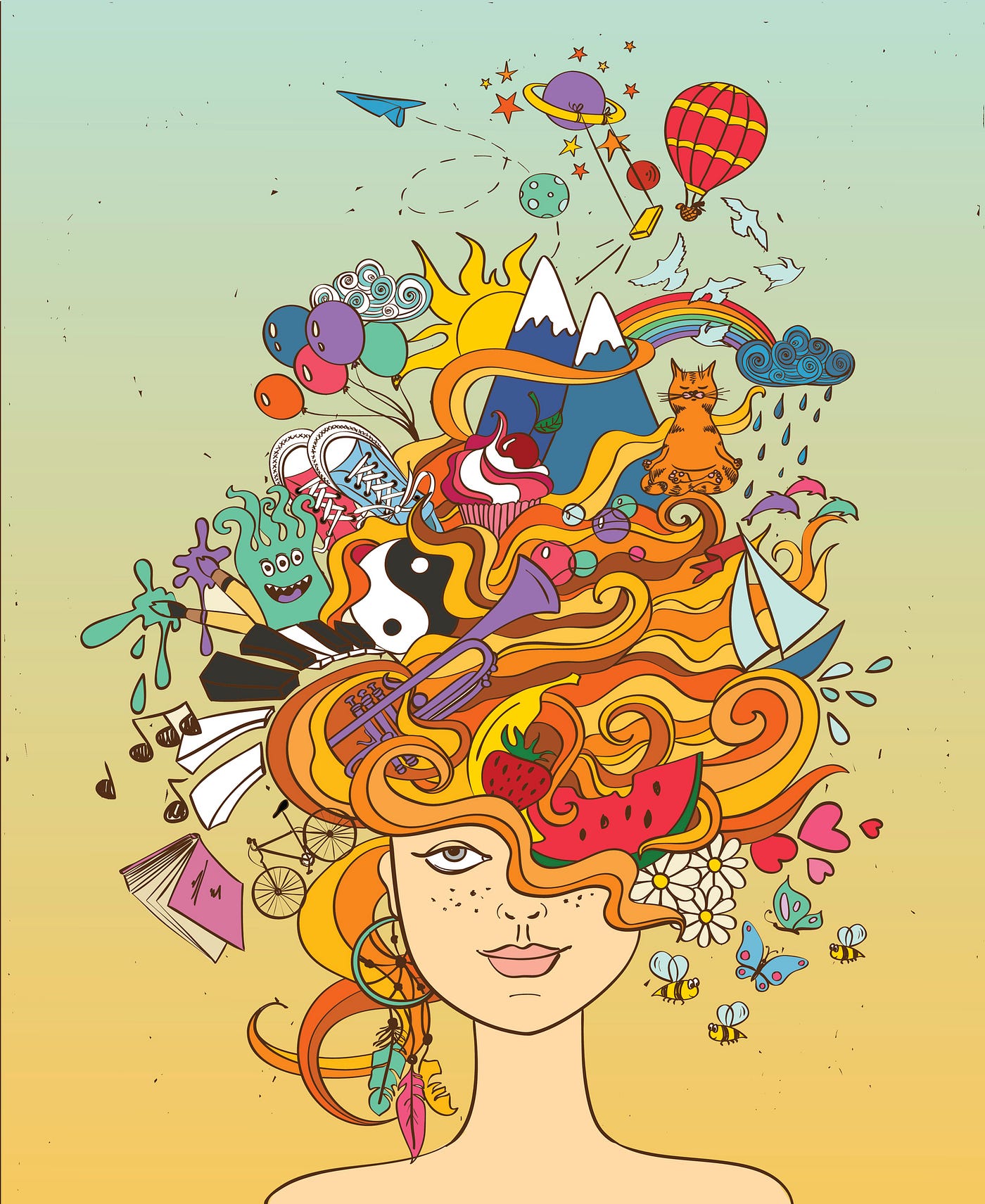This is Part 4 of a 5 Part “rough guide” to psychedelics. Read this series if you want to deepen your understanding of the subject across a variety of sub-topics.
Part 4 is about the safety of psychedelics. For the rest of the series, read Part 1: What are psychedelics and a short history; Part 2: The psychedelic experience; Part 3: The science of psychedelics; Part 5: The business of psychedelics.
Read the Chinese translation of this article here:
My DMs are open for continued conversations and learning, whether you’re a startup, investor, activist, researcher, healer. I welcome hearing from people who are active in this area. You can find me on my personal website, Twitter, IG, LinkedIn.
PART 4: THE SAFETY OF PSYCHEDELICS

In the series so far, I’ve painted a rosy picture of the potential of psychedelics to — as Michael Jackson would put it — heal the world. But they remain banned, so there must be a catch… right? Let’s explore this question in this post about the safety of psychedelics, in which I will outline 3 key points:
- Psychedelics have a low risk of harm
- Psychedelics are not addictive
- It’s very difficult to overdose on psychedelics
1. Psychedelics have a low risk of harm

In 2007 and 2010 Nutt published important (some say controversial) studies on the harm caused by drugs in The Lancet; controversial enough that they got him fired from his role as Drug Czar for the UK government at the time. The research looked at 16 criteria split into 2 categories: 9 were harm to self and 7 were harm to others. The findings can be seen in the graph below, as well as this paragraph from the paper:
MCDA modelling showed that heroin, crack cocaine, and methamphetamine were the most harmful drugs to individuals (part scores 34, 37, and 32, respectively), whereas alcohol, heroin, and crack cocaine were the most harmful to others (46, 21, and 17, respectively). Overall, alcohol was the most harmful drug (overall harm score 72), with heroin (55) and crack cocaine (54) in second and third places.
Yes, one big stand out finding is that alcohol is 31% and 33% more harmful overall than heroin and crack cocaine respectively. Wow. But that’s not why I raise this study. Scroll down to the bottom of the table and you’ll see the lowest harm substances of them all are the psychedelics — mushrooms, LSD, ecstasy.
Let’s unpack this statement that psychedelics are not harmful by looking at two of the typical issues around drug harm — addiction and overdosing.
2. Psychedelics are not addictive

Quite the opposite, psychedelics are “anti-addictive”. They are being effectively used (in clinical trials) to treat other addictions such as alcohol, smoking and opioids. For example a psilocybin pilot study on smoking cessation showed an unprecedented 80% success rate.
Even the UK right wing shock rag the Daily Mail wrote positively about MindMed’s trials with ibogaine derivative 18-MC back in December 2019 — “Psychedelic ‘wonder drug’ that can ‘reset the brain’ and ‘turn off’ people’s addictions without the downsides of tripping is due to start human trials next year”.
(I’m not going to link to the Daily Mail from this piece, it would make me feel dirty).
3. It’s very difficult to overdose on psychedelics

There is very little evidence of people overdosing on psychedelics, and there is much confusion between an overdose and a bad trip. I searched exhaustively for a detailed explanation of this but struggled to find something concrete. A passing comment I heard is that since psychedelics function by binding to proteins in our brain (the 5-HT2A serotonin receptors), once those receptors are used up, increasing your dose can’t have an increased effect. However this needs to be validated.
On both addiction and overdosing, Nutt wrote the following with reference to LSD and mushrooms:
“It’s virtually impossible to die from an overdose of them; they cause no physical harm; and if anything they are anti-addictive, as they cause a sudden tolerance which means that if you immediately take another dose it will probably have very little effect.”

Now it’s important to lay out where there are risks, which was helpfully clarified for me by some of the team at Clerkenwell Health.
Tom McDonald, CEO of Clerkenwell Health, said that “whilst they have low physical toxicity (i.e. won’t directly harm your body), there are certainly instances where people have had lasting damage done — especially if they have pre-existing conditions such as schizophrenia — this is why you need careful therapy before and after a large dose and some people simply shouldn’t touch them. Potentially high risk patients are excluded from clinical trials for this reason.”
Clerkenwell Health’s Dr Henry Fisher added that “Most (LSD, psilocybin) are not physically harmful or toxic; risk comes from psychological damage, or accidents when taken in an uncontrolled setting, when unprepared, or where there are certain underlying risk factors (e.g. psychosis, schizophrenia).”
All interventions for mental illness and mental wellbeing have risks (including the risk of no effect and people not getting better). All things considered, psychedelics net out as strongly positive for humanity, evidenced by policy changes that are happening all over the world to decriminalise, and even legalise them for therapeutic use. (I will avoid the detail on this as that warrants its own article).
The business of psychedelics is now booming, which we will explore in Part 5.
With thanks to Sean McLintock, Tom McDonald, Alastair Moore, Dr Henry Fisher, Sjir Hoeijmakers and Andre Marmot for contributing or reading drafts of these posts.